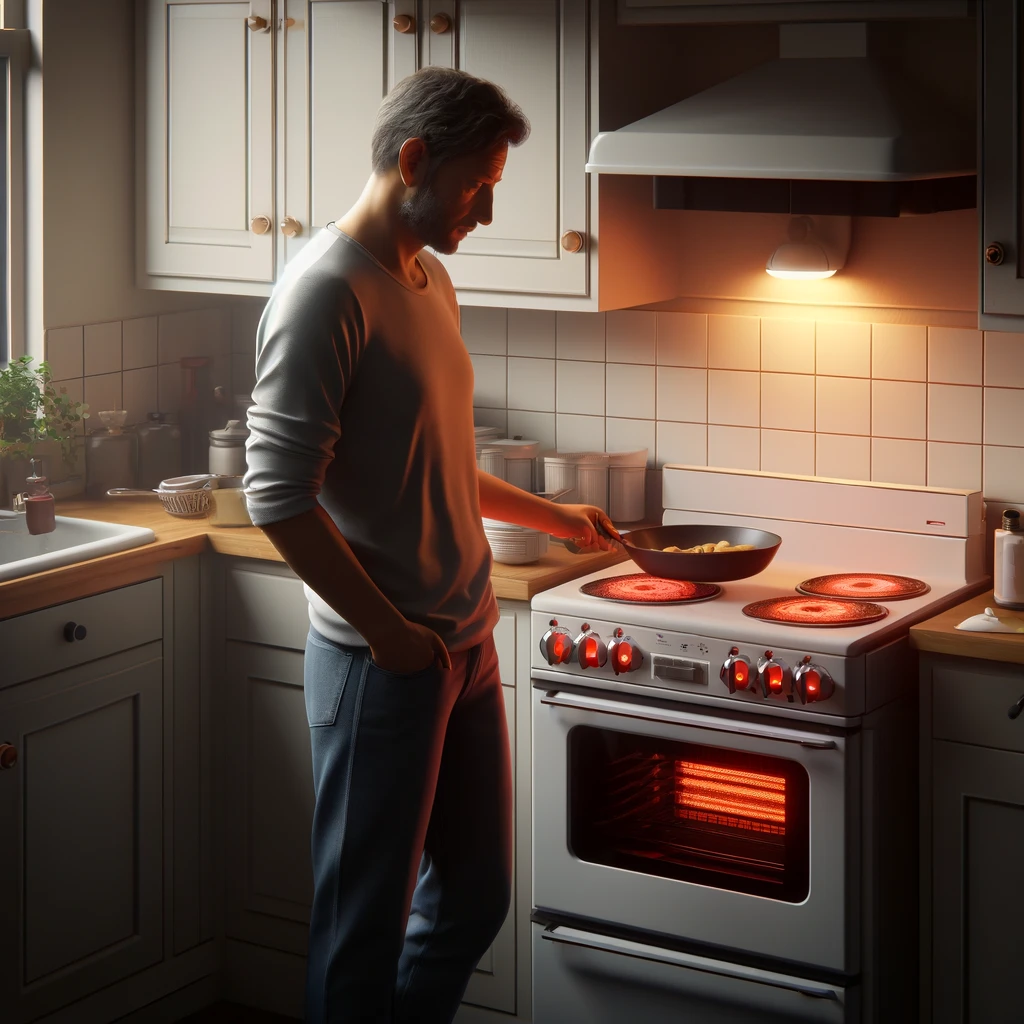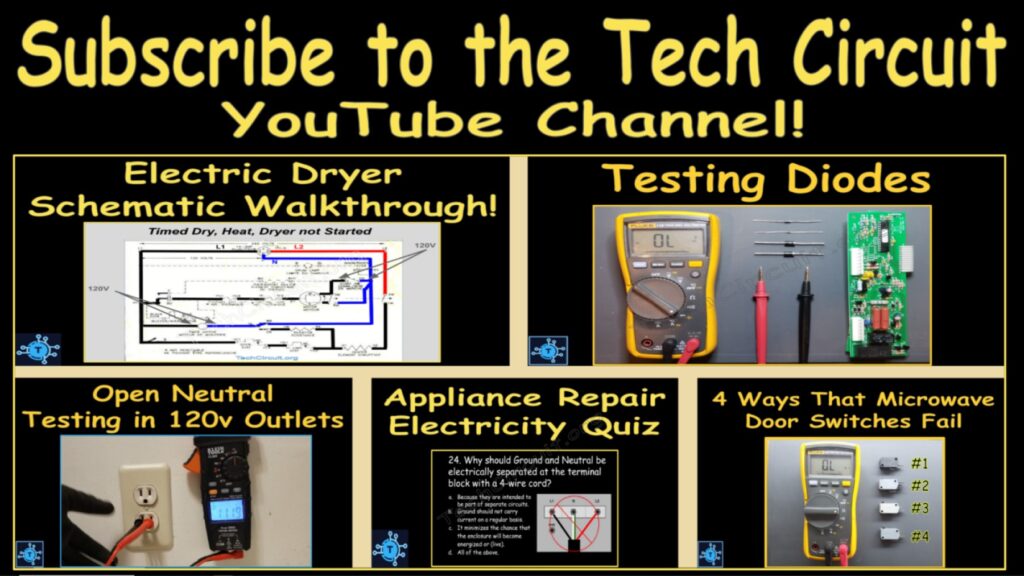
Introduction
One question I’ve been asked many times in this business is whether a 240v electric appliance can be used on a 208v electrical system. Some apartment buildings use what’s known as 3-phase power, as opposed to the more commonly used single split-phase configuration that comprises the vast majority of residential electric power. This blog will describe what a 240v electric appliance requires, what a 208v system is able to provide, and what the drawbacks, if any, are of using such an appliance on a 208v system.
Note that this article does not address the question of using a 208v appliance on a 240v system. This could be quite hazardous, and is not recommended.
What is the Practical Difference Between a 240v and 208v System?
Without going into the technical details of each system, I’ll mention the important aspects as they relate to the function of 240v electric appliances. The common 240v single split-phase system provides two voltages taps: 120v and 240v. Typically, the control panels, motors, and other less power-intensive loads will run on 120v, while the more power-hungry loads like heating elements will use 240v. Both 120v and 240v are accessed simultaneously by the appliance, so as to make the best use of this system. Alternately, 208v systems are what’s known as 3-phase, and often used in apartment buildings and commercial applications. Like split phase, this system offers two voltage taps, but are 120v and 208v. The 120v, as with the above-described 240v system, will be utilized by the lower-power loads. The higher-power loads will utilized the 208v tap.
Be sure to subscribe to our Youtube Channel!
For tons of videos on electrical and electronics diagnostics, practical electrical theory, and field-technician resources, click the picture below or this link here: https://www.youtube.com/@TheTechCircuit?sub_confirmation=1

How Power Output is Affected
One reason that high-power appliances use 208v or 240v is that it facilitates an up to four-fold increase in available power as opposed to using 120v. A 120v, 1000 watt heating element, for example, will produce 4000 watts at 240v. Why is this? Simply put, for a fixed resistance, power output is the square of the voltage as found in P = V2/R. This fact makes 208v and 240v systems ideally suited for high-power appliances.
This exponential relationship means, however, that when a 240v appliance is connected to a 208v supply, the drop in power output can be significant. Let’s look at a practical example:
208v is 208/240 = 87% of 240v. So one might assume that a 240v electric dryer plugged into a 208v outlet will produce 87% of the heat – which would seem tolerable. However, again, because of the relationship between power and voltage, the actual power output is more greatly reduced. A 240v electric dryer has a 10 ohm heating element with a power output of (240v)/ 10 = 5760W. However, when plugged into a 208v system, the power output is (208v) / 10 = 4326W, which is 4326/5760 = 75% of the heat output.
Practical Effect on Reduced Power Output
As it turns out, 240v electric dryers and ranges will produce 75% of their intended amount of heat when connected to 208v. These appliances use “temperature cycling” thermostats or mechanisms that can to a certain extent, compensate for the reduced heat output. These mechanisms can increase the heat duty cycle by leaving the heating element on for longer periods of time, in order to reach their target temperature. Although this may result in an acceptable user-experience, it can also result in longer dry times, cooking times, and even cause thermal fuses to blow in dryers that detect unusually high heating element duty cycles.
Can the Reduced Power Output be Tolerated?
For the most part, the complaints I’ve seen or have heard of when 240v appliances were used with 208v systems, centered mostly around unusually long pre-heat times for ovens, cooktops that took forever to boil water, and longer than expected dry-times for electric dryers. Many of the users seemed unhappy about the appliances’ performance – although some of them simply tolerated it. In fact, after querying a group of Appliance Technicians, they described their customers’ experiences along a full spectrum startling from “barely noticeable difference”, to “simply intolerable”.
Summary
Many appliances can be used on 208v systems, even if they weren’t intended to. 120v appliances won’t notice any difference. However, 240v appliances will experience a 25% decrease in power output in the internal components intended for use with 240v. This may or may not create a problem, depending on the appliance, the user’s experience, and the specific use of that appliance. Common complaints are long dry times of electric dryers, and longer than normal (sometimes intolerable) cooktop or oven heating times. Some appliance, such as electric dryers may experience cycling issues to the extent where thermal protection devices may even kick-in. Although some of the above affected are known to be tolerated, It is best to use a 208v appliance with a 208v system.
Don’t forget:
“Diverting 10 min/day of social media time towards learning something new, is 5 hours of newfound monthly knowledge.” – SM
To DONATE to the Tech Circuit – CLICK HERE
Alphabetical Links to all Tech Circuit Articles and Blogs – CLICK HERE
Links to all Tech Circuit Cheat Sheets/Field References for Appliance/HVAC Techs – CLICK HERE
For additional electrical and electronics learning material for field techs, visit the following links:
Homepage at http://www.TechCircuit.org
Facebook group at:
https://www.facebook.com/groups/746823709133603
Youtube Channel: https://www.youtube.com/@TheTechCircuit
We are a participant in the Amazon Services LLC Associates Program, an affiliate advertising program designed to provide a means for us to earn fees by linking to Amazon.com and affiliated sites.
